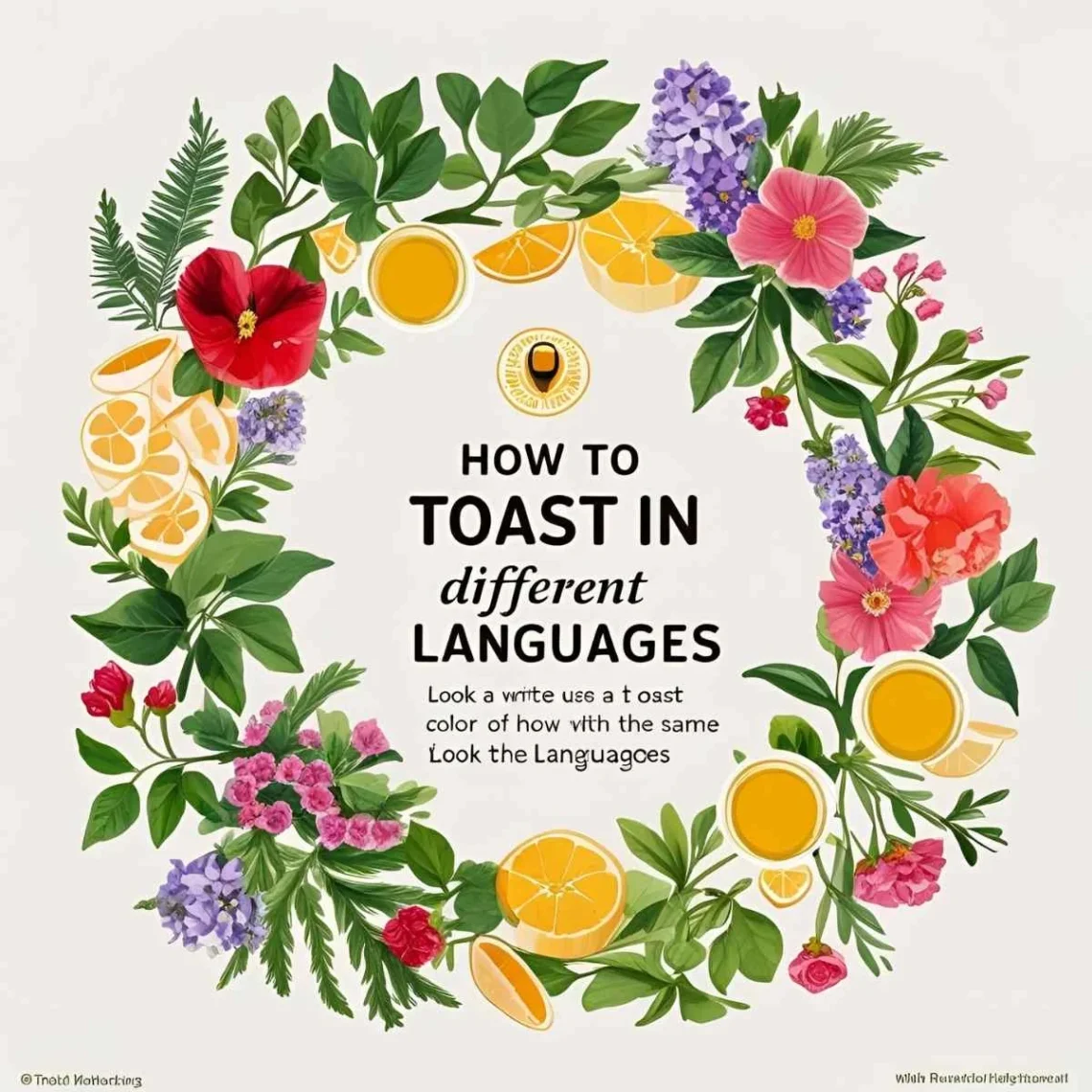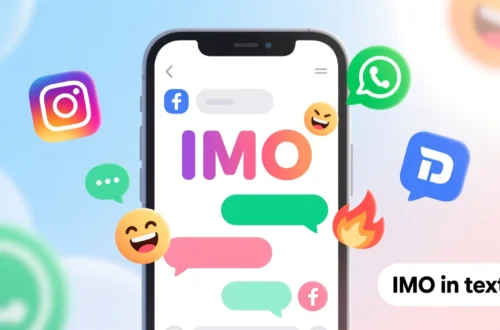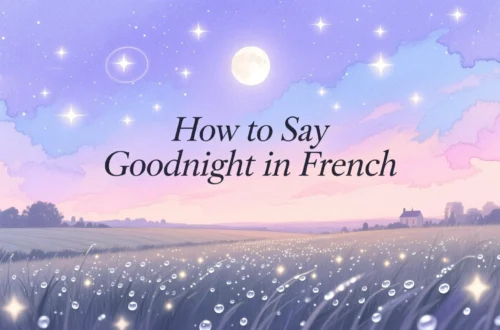Picture clinking glasses at a wedding in Rome, where friends shout “Salute!” with beaming smiles. That simple act of toasting, a universal gesture of goodwill, transforms across cultures, carrying the warmth of shared moments.
Whether it’s a hearty “Skål!” in a Stockholm pub or a joyful “Kanpai!” in a Tokyo izakaya, the words we use to toast reflect our shared desire to celebrate life, love, and connection, each flavored by cultural traditions.
Let’s embark on a global journey to explore how people toast in different languages and what these expressions reveal about their societies.
Reference Table: “Toast” in Different Languages
| Language | Word/Phrase | Cultural/Linguistic Insight |
|---|---|---|
| French | Santé | Means “health,” wishing well-being to all. |
| Spanish | ¡Salud! | Also means “health,” used widely in Spain and Latin America. |
| Italian | Salute | A toast to health, often paired with eye contact. |
| German | Prost | Derived from Latin “prosit” (may it benefit), a lively cheer. |
| Mandarin | Gānbēi (干杯) | Literally “dry cup,” encouraging finishing the drink. |
| Hindi | Cheers | Borrowed from English, used in urban settings; traditional toasts vary. |
| Japanese | Kanpai (乾杯) | Means “dry cup,” a festive call to drink up. |
| Korean | Geonbae (건배) | Similar to “dry cup,” used in lively gatherings. |
| Arabic | Fī siḥḥatak (في صحتك) | Means “to your health,” common across 20+ countries. |
| Swahili | Afya | Means “health,” a warm toast in East Africa. |
| Zulu | Impilo | Means “health” or “life,” a heartfelt wish in South Africa. |
| Yoruba | Alafia | Means “peace” or “health,” used in Nigerian celebrations. |
| Maori | Kia ora | Means “be healthy,” a versatile greeting and toast. |
| Hawaiian | Kāmau | A call to drink together, tied to aloha spirit. |
| Cherokee | Tla yadatlai | A phrase wishing joy and unity, used in gatherings. |
European Languages: Cheers with Tradition
European toasting words blend festivity with wishes for well-being. For instance, in French, “santé” (health) is a warm wish used at dinners or casual gatherings, reflecting France’s love for conviviality. Meanwhile, Spanish speakers say “¡salud!” across Spain and Latin America, a vibrant toast to health often paired with raised glasses. Additionally, Italian uses “salute,” where eye contact during the toast is a must, symbolizing trust and connection. In German, “prost” (from Latin “prosit”) is a lively cheer, heard in beer halls and family gatherings, showcasing Germany’s communal spirit. Thus, these toasts reflect Europe’s blend of heartfelt wishes and social bonding, from intimate French dinners to boisterous German festivals.
Asian Languages: Toasts of Harmony and Joy
Asia’s diverse languages offer toasting terms that emphasize unity and celebration. For example, in Mandarin, “gānbēi” (dry cup) encourages finishing one’s drink, a bold call to festivity in China’s banquets. In Hindi, urban settings often use the borrowed “cheers,” while traditional toasts like “swasthya” (health) appear in rural gatherings, reflecting India’s blend of modernity and tradition. Similarly, Japanese uses “kanpai” (dry cup), a joyful shout in izakayas, signaling unity. In Korean, “geonbae” mirrors this, used in lively Seoul gatherings to foster closeness. Finally, Arabic’s “fī siḥḥatak” (to your health), heard in over 20 countries like Egypt and Lebanon, carries a warm, inclusive tone rooted in hospitality. These toasts highlight Asia’s range, from exuberant group cheers to heartfelt individual wishes.
African Languages: Toasts Rooted in Community
African toasting terms often tie to health and communal joy. For instance, Swahili, spoken in over 20 countries like Kenya and Tanzania, uses “afya” (health), a warm wish shared in vibrant celebrations. In Zulu, “impilo” (health or life) is a heartfelt toast in South Africa, often heard at weddings or feasts. Similarly, Yoruba’s “alafia” (peace or health) in Nigeria reflects a desire for harmony, spoken with smiles in bustling markets. These terms, used across diverse African settings, emphasize collective well-being and shared joy, often accompanied by music and dance.
Indigenous & Island Languages: Toasts of Unity
Indigenous and island languages express toasts with simplicity and connection. For example, Maori in New Zealand uses “kia ora” (be healthy), a versatile term for greetings and toasts, reflecting communal harmony. In Hawaiian, “kāmau” calls for drinking together, embodying the aloha spirit of shared joy. Similarly, Cherokee’s “tla yadatlai” wishes joy and unity, used in Native American gatherings to strengthen bonds. In Samoan, “fa’amanuia” (blessings) is a warm toast, often shared in Pacific island feasts. Across these cultures, from New Zealand to the Cherokee Nation, toasts emphasize unity and shared celebration, often tied to rituals.
Cultural Insights: The Evolution of Toasting
Toasting words have deep historical roots. For instance, the English “cheers,” from Old French “chiere” (face, good cheer), spread globally through British influence. In Arabic, “fī siḥḥatak” echoes medieval hospitality traditions, while Swahili’s “afya” reflects trade-era exchanges across East Africa. Moreover, in Asia, “gānbēi” and “kanpai” stem from ancient drinking customs, symbolizing trust by emptying cups together. These terms carry centuries of tradition, from European medieval feasts to Pacific island ceremonies, uniting people in moments of joy and solidarity.
Proverbs and Sayings: Wisdom of Toasting
- French: “À la santé, à l’amour, à la vie!” (To health, love, and life!) – Captures the joy of toasting.
- Hindi: “Swasthya aur khushi sada rahe.” (May health and happiness endure.) – Ties toasts to well-being.
- Swahili: “Afya ni mali, tuipe heshima.” (Health is wealth, let’s honor it.) – Links toasting to respect.
- Japanese: “Kanpai de kokoro ga hitotsu ni.” (With a toast, hearts become one.) – Emphasizes unity.
- Yoruba: “Alafia ni ipin rere.” (Peace is a good destiny.) – Connects toasts to harmony.
FAQs
Why do some toasting words sound similar?
Shared linguistic roots (e.g., Latin “prosit” in German “prost”) and global influences like English “cheers” create similarities across languages.
What’s the oldest toasting term?
Terms like “prosit” (Latin, 1st century) and “cheers” (Old French, 13th century) are among the earliest recorded toasts.
How do cultures shape toasting?
Collectivist cultures (e.g., African, Indigenous) use toasts to strengthen community, while individualistic cultures (e.g., European) focus on personal goodwill.
Conclusion
From “salud” in Spain to “afya” in Tanzania, the words we use to toast weave a global thread of celebration and connection. Each term, whether the lively “kanpai” in Japanese or the warm “kia ora” in Maori, reflects cultural values while uniting us in shared joy. Consequently, these toasts remind all people that a raised glass can bridge divides, creating moments of unity. How do you toast in your language, and what does it mean to you? Share your stories below—we’re eager to hear your cheers!





